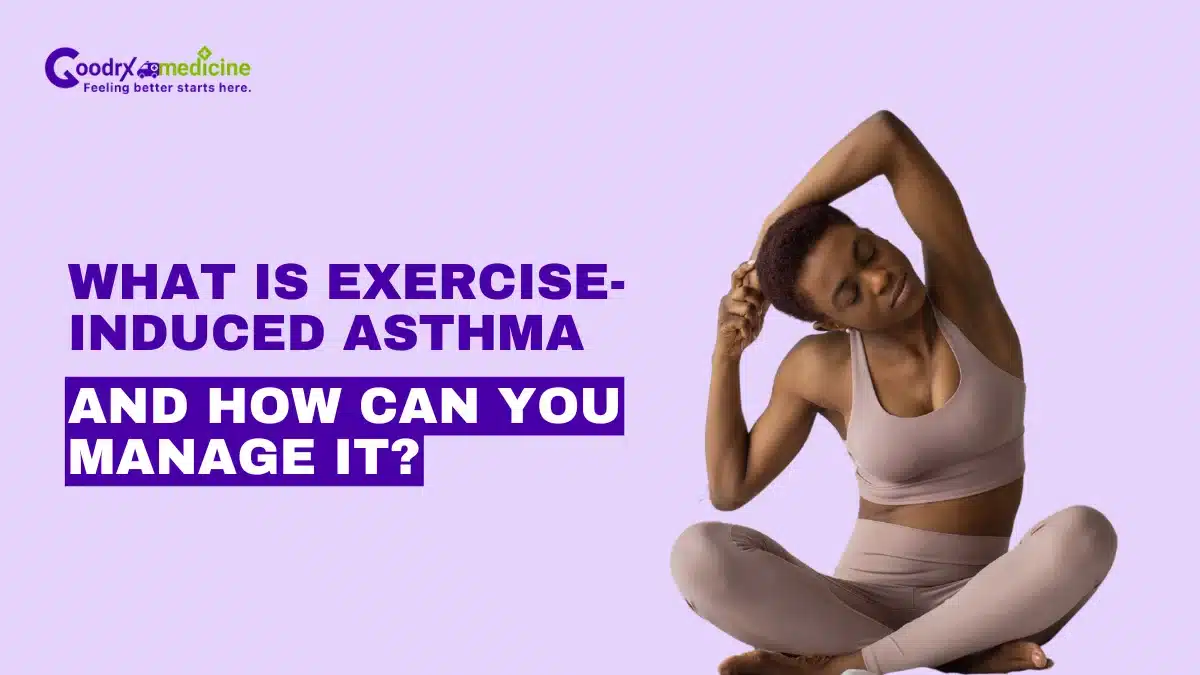Exercise is essential for a healthy life. It keeps the body fit, the mind fresh, and the heart strong. But for some individuals, physical activity can also trigger uncomfortable symptoms such as wheezing, coughing, or shortness of breath. This condition is called Exercise-Induced Asthma (EIA) or Exercise-Induced Bronchoconstriction (EIB).
It affects both children and adults and can interfere with daily activities, sports, or even simple exercises like walking.
In this article, we will explain what Exercise-Induced Asthma is, its causes, common symptoms, how it is diagnosed, and effective treatment and prevention methods to help you or your loved ones stay active and healthy.
What is Exercise-Induced Asthma?
Exercise-Induced Asthma (EIA) refers to the narrowing of the airways in the lungs that happens during or after physical activity. The condition makes it harder to breathe and often leads to trouble similar to Asthma symptoms, even in people who do not have chronic Asthma.
In fact, many athletes and healthy individuals experience symptoms only during intense exercise. While the name includes Asthma, not everyone with EIA has chronic Asthma. However, those who already have Asthma may notice their symptoms worsen during exercise.
Save up to 90% on your medicine bills
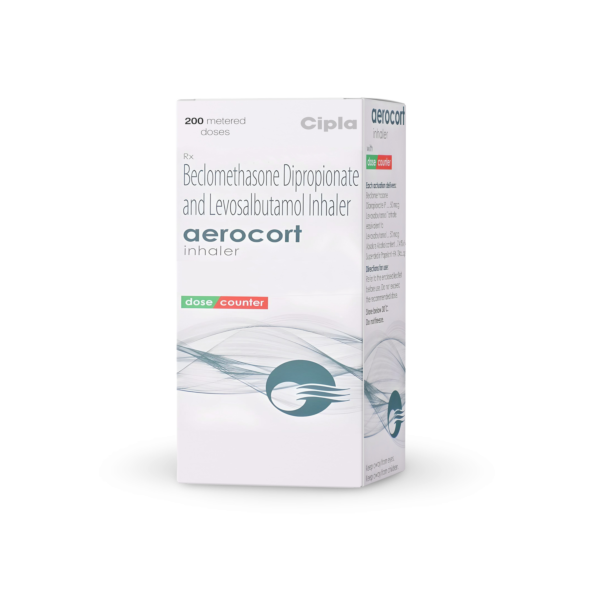
Aerocort Inhaler 50 mcg + 50 mcg
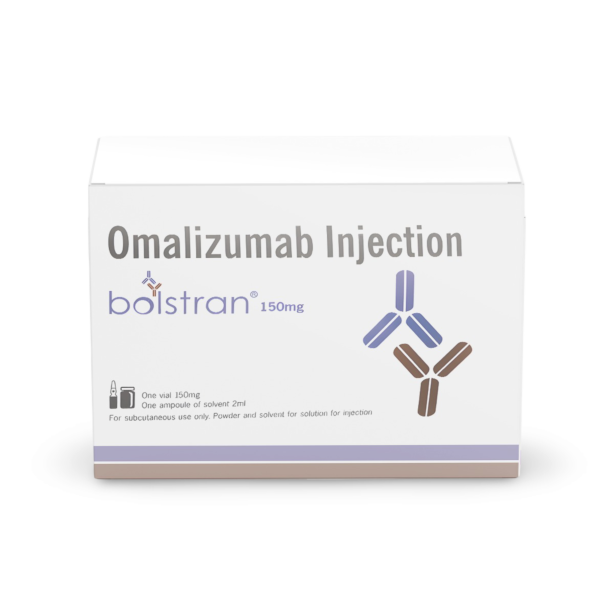
Bolstran 150 mg Injection
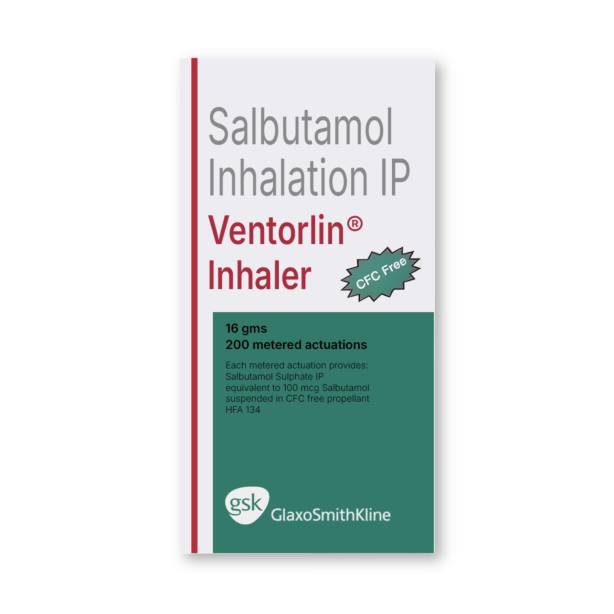
Ventorlin CFC Free Inhaler 100 mcg/18 mg
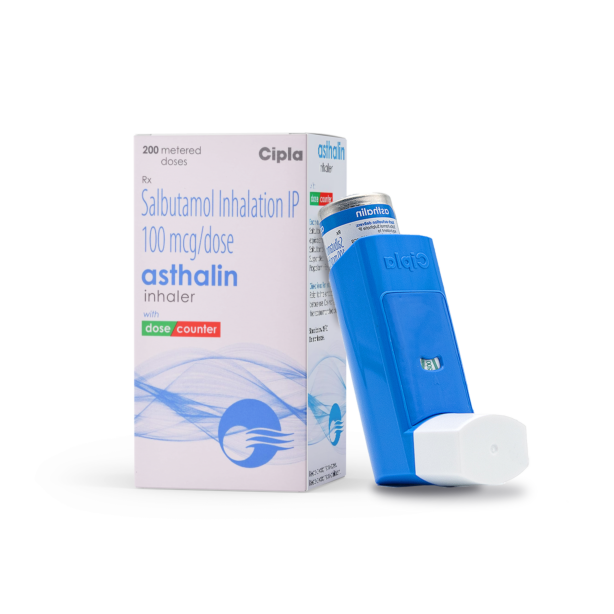
Asthalin HFA Inhaler 100 mcg
Causes of EIA
The exact cause of EIA is not fully known, but several factors are known to contribute to this condition:
- Dry and cold air: Breathing in cold or dry air irritates the airways and triggers symptoms.
- Rapid breathing: During intense exercise, you breathe faster through your mouth, allowing unfiltered air to reach your lungs.
- Air pollutants: Dust, pollen, smoke, and chemicals in the environment can worsen the symptoms.
- High-intensity exercise: Activities that involve continuous exertion, such as running or swimming, are more likely to trigger symptoms.
- Poorly managed Asthma: People with uncontrolled Asthma are more vulnerable to EIA.
Common Exercise-Induced Asthma symptoms
Symptoms usually appear during or shortly after exercise and can last for 30 minutes or longer. Common signs include:
- Wheezing
- Shortness of breath
- Coughing
- Chest tightness
- Fatigue
- Poor athletic performance
Symptoms vary in intensity and may range from mild to severe. Some individuals may even experience delayed symptoms several minutes after stopping exercise.
Who is at risk?
Exercise-Induced Asthma can affect anyone, but some people are at a higher risk, such as:
- Children and teenagers
- People with a family history of Asthma or allergies
- Athletes, especially those involved in endurance sports
- People with existing respiratory conditions
- Individuals exposed to environmental triggers like smoke or pollution
Exercise-Induced Asthma diagnosis
If you or your child experiences breathing problems during exercise, it is important to consult a doctor. The diagnosis usually involves:
Medical history: The doctor will ask you about your symptoms, their timing, and any past history of Asthma or allergies.
Physical examination: A general check-up to rule out other respiratory problems like bronchitis or pneumonia.
Breathing tests: Lung function tests find out how much air you can inhale and exhale. Your doctor might ask you to exercise and then repeat the test to observe any changes in lung performance.
Exercise challenge test: This test measures how your lungs respond to physical activity. It involves running on a treadmill or cycling while monitoring your breathing.
Treatment and management
While Exercise-Induced Asthma can’t be cured, it can be effectively managed. With the right treatment, most people with EIA can enjoy physical activities without restrictions.
Exercise-Induced Asthma medication: Several Asthma medications are used to control and treat the symptoms. Always use medications as directed by your healthcare provider. These include:
- Leukotriene modifiers: These oral medications help reduce inflammation and prevent Asthma symptoms.
- Inhaled corticosteroids: Prescribed for individuals with persistent symptoms to reduce airway inflammation.
- Long-acting inhalers: Used for people with frequent symptoms or those with chronic Asthma.
- Short-acting bronchodilators (inhalers containing Salbutamol): These are the most commonly used medications. Taken 15-30 minutes before exercise, they help open up the airways and prevent symptoms.
Warm-up and Cool-down: A proper warm-up before a workout and a cool-down period after can help reduce the risk of EIA symptoms.
Breathing through the nose: Breathing through the nose instead of the mouth helps warm and humidify the air before it reaches your lungs.
Using a scarf or mask: During cold weather, covering your mouth and nose can reduce exposure to cold, dry air.
Avoiding triggers: Limit exercise during times when air quality is poor, pollen counts are high, or temperatures are extremely cold.
Exercise recommendations for people with EIA
Having an EIA doesn’t mean you have to give up physical activity. In fact, regular exercise helps improve lung function and overall health. Here are some exercises that are usually well-tolerated:
- Swimming: The warm, moist air in an indoor pool can reduce symptoms.
- Walking or hiking: Low-impact activities are easier on the lungs.
- Cycling (moderate pace): Avoid high-speed or uphill cycling, which may trigger symptoms.
- Yoga or pilates: These exercises promote controlled breathing and are less likely to cause flare-ups.
Always consult your doctor before starting any new exercise routine.
Complications if left untreated
If not properly managed, EIA can lead to:
- Reduced quality of life
- Avoidance of physical activity
- Increased risk of chronic Asthma
- Poor performance in sports or physical education
- More frequent Asthma attacks (in individuals with both EIA and Asthma)
Proper treatment and awareness can prevent these complications and help individuals lead an active life.
Conclusion
Exercise-Induced Asthma (EIA) is a manageable condition that should not stop anyone from leading a healthy and active lifestyle. While it can cause discomfort and limit performance during physical activity, timely diagnosis and appropriate treatment can make a difference.
Understanding the triggers, recognizing early symptoms, and following a structured treatment plan, including medication, warm-ups, and breathing techniques, can help keep symptoms under control.
It is important to remember that exercise offers a number of health benefits, even for those with EIA. By taking preventive steps, individuals can safely enjoy sports, workouts, and outdoor activities without fear.

Frequently Asked Questions
Can Exercise-Induced Asthma start at any age?
Yes, it can start at any age. While it is more commonly seen in children and teenagers, adults can also develop it later in life. Factors such as genetics, existing respiratory issues, or increased physical activity levels can trigger its onset at any stage.
Does Exercise-Induced Asthma cause mucus?
EIA typically causes airway narrowing, leading to coughing, wheezing, and shortness of breath. While it does not directly cause excessive mucus, some individuals may produce small amounts of mucus during or after exercise, especially if they have underlying Asthma or respiratory infections.
Can Exercise-Induced Asthma go away?
EIA may improve over time, especially with proper management and treatment. However, it rarely goes away completely. Symptoms can become less frequent or severe, particularly when triggers are avoided and the individual maintains good lung health through regular care and doctor supervision.
Are there any foods that help with EIA?
Yes, some foods rich in antioxidants and omega-3 fatty acids, like berries, leafy greens, and fatty fish, may support lung health and reduce inflammation. While no food cures EIA, a healthy diet can boost immunity and improve overall respiratory function. Always ask a doctor before making changes to your diet for Asthma.
When referencing outside resources, GoodrxMedicine always provides full citations. To learn more about the measures we use to maintain the quality of our content, please review our Content Information Policy.


